Text
Reblog daily for health and prosperity

270K notes
·
View notes
Text
Mathematical Diversions (Book, J.A.H. Hunter & Joseph S. Madachy, 1963)
You can digitally borrow it here.


109 notes
·
View notes
Photo

Obesity in North America, 2021.
by abu_doubleu
169 notes
·
View notes
Text
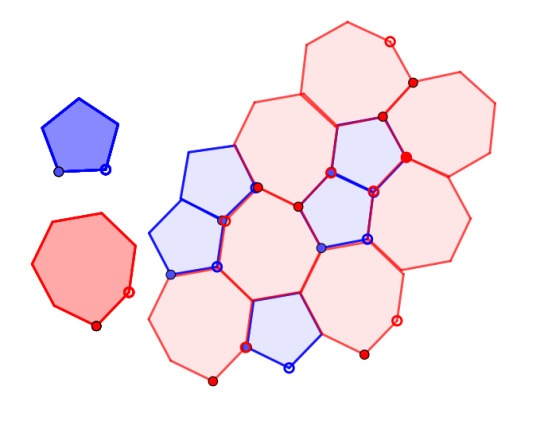
So the Heptagon says to the Pentagon
Loved this tiling seen on FB in the tiling and tessellation group, shared by Adrian Fisher. They're the Edinburgh Pavers, designed for use in this Darwin Maze at the Edinburgh Zoo.

Closer look in Adrian's image:
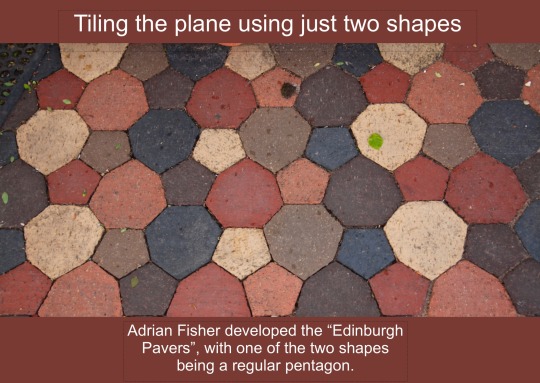
Play on GeoGebra.
39 notes
·
View notes
Photo

The increase of alcohol-related deaths between 2018 and 2021 in the U.S.
94 notes
·
View notes
Text
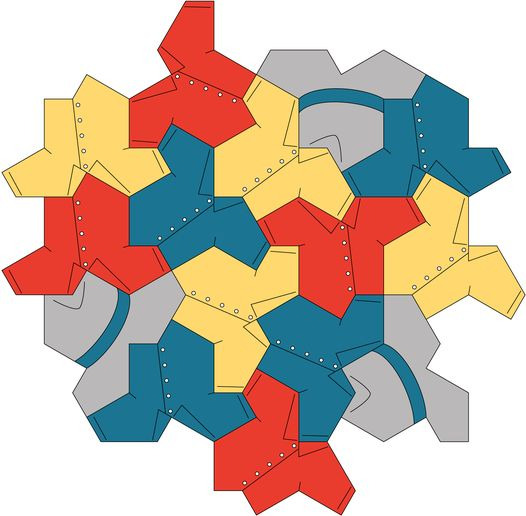
Robert Fathauer Hat Tiling
Made to congratulate Dave Smith, Joseph Myers, Craig Kaplan, and Chaim Goodman-Strauss for discovering an aperiodic monotile
102 notes
·
View notes
Photo

Still playing with forest cover maps so here’s one of the conterminous United States of America.
by @researchremora
174 notes
·
View notes
Photo

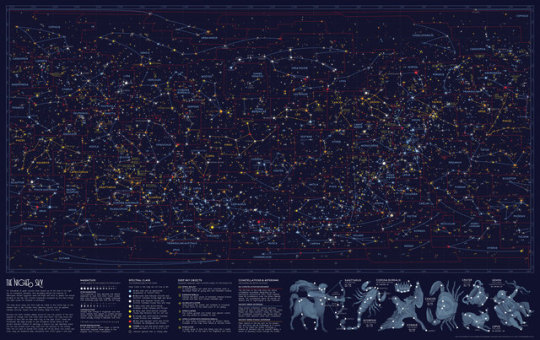


A map of every star that you can see from Earth! ⭐⭐⭐ You can read more about the science behind the art here or download the open-source code here.
1K notes
·
View notes
Video
youtube
Hope your week is going as swimmingly as these deep sea sea cucumbers on the move!
While we typically think of sea cucumbers sitting on the seafloor, some species have adapted to ditch the sedentary lifestyle for brief stints, flopping their way through the water column if they find themselves in a bit of a pickle. Dining on a delicious diet of dead and decaying matter, sea cucumbers are powerhouses of ocean nutrient recycling. Like us, they have mouths and they have butts—but, unlike us, they don’t breathe through their mouths… Anyway, enjoy this awesome new video of sea cucumbers swimming from our colleagues at MBARI!
167 notes
·
View notes
Text
Celebrating Escher’s birthday!
Maurits Cornelis Escher (17 June 1898 – 27 March 1972) was a Dutch graphic artist who made mathematically-inspired woodcuts, lithographs, and mezzotints. He was 70 before a retrospective exhibition was held. His work features mathematical objects and operations including impossible objects, explorations of infinity, reflection, symmetry, perspective, truncated and stellated polyhedra, hyperbolic geometry, and tessellations.

Although Escher believed he had no mathematical ability, he interacted with the mathematicians George Pólya, Roger Penrose, Harold Coxeter and crystallographer Friedrich Haag, and conducted his own research into tessellation.
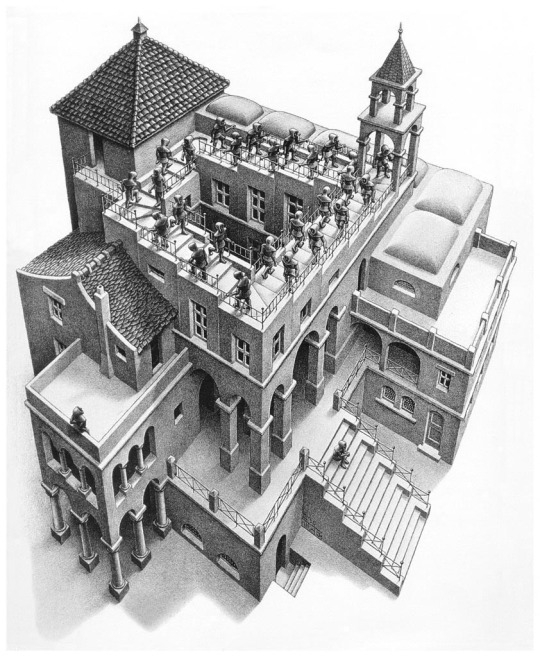
327 notes
·
View notes
Photo

Creativity: A question of impulsiveness
The effects of schedule autonomy on creative performance are dependent upon a person’s level of impulsivity. The more impulsive a person is, the more creative they are. The reverse is true for those who are more controlled.
58 notes
·
View notes
Photo

Strong Roots
We hear sounds thanks to specialist hair cells in our inner ear: vibrations bend microscopic hair-like stereocilia attached to these cells, triggering chemical changes and ultimately producing electrical signals, forwarded to the brain. Stereocilia are anchored to hair cells by rootlets, structures that support them so they can bend repeatedly without breaking. Using sophisticated imaging techniques, scientists recently identified an essential protein, known as spectrin, which encircles the rootlets, providing strength and flexibility. Without spectrin in their inner hair cells, mice have seriously impaired hearing. At the cellular level (pictured, in healthy inner hair cells above, and ones lacking spectrin below), the organisation of other crucial proteins is disrupted, including actin (in blue), of which stereocilia are made, and taperin (in purple). Mice with poor hearing due to ageing or sound damage also display depleted spectrin rings, suggesting that this protein is involved in many forms of hearing loss.
Written by Emmanuelle Briolat
Image adapted from work by Yan Liu, Jieyu Qi, Xin Chen and Mingliang Tang, and colleagues
ShanghaiTech University, Shanghai, China
Image originally published under a Creative Commons Licence (BY-NC 4.0)
Published in Science Advances, April 2019
You can also follow BPoD on Instagram, Twitter and Facebook
13 notes
·
View notes
Text
Understanding the Brain: The smell of a fruit fly, a clue to the brain

Fruit flies come out of nowhere, seemingly able to magically sniff out ripe fruit on a kitchen counter.
Now it seems those same “olfactory sensory neurons” – even in fruit fly larvae – are helping shed light not only on this system within fruit flies, but, because of surprising similarities, across invertebrates and vertebrates including humans.
Keep reading
71 notes
·
View notes
Text
The Opportunity to Rove on Mars! 🔴
Today, we’re expressing gratitude for the opportunity to rove on Mars (#ThanksOppy) as we mark the completion of a successful mission that exceeded our expectations.
Our Opportunity Rover’s last communication with Earth was received on June 10, 2018, as a planet-wide dust storm blanketed the solar-powered rover’s location on the western rim of Perseverance Valley, eventually blocking out so much sunlight that the rover could no longer charge its batteries. Although the skies over Perseverance cleared, the rover did not respond to a final communication attempt on Feb. 12, 2019.
As the rover’s mission comes to an end, here are a few things to know about its opportunity to explore the Red Planet.
90 days turned into 15 years!
Opportunity launched on July 7, 2003 and landed on Mars on Jan. 24, 2004 for a planned mission of 90 Martian days, which is equivalent to 92.4 Earth days. While we did not expect the golf-cart-sized rover to survive through a Martian winter, Opportunity defied all odds as a 90-day mission turned into 15 years!
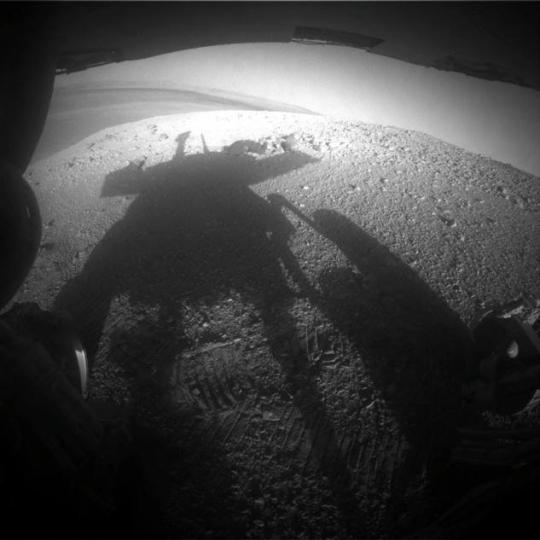
The Opportunity caught its own silhouette in this late-afternoon image taken in March 2014 by the rover’s rear hazard avoidance camera. This camera is mounted low on the rover and has a wide-angle lens.
Opportunity Set Out-Of-This-World Records
Opportunity’s achievements, including confirmation water once flowed on Mars. Opportunity was, by far, the longest-lasting lander on Mars. Besides endurance, the six-wheeled rover set a roaming record of 28 miles.

This chart illustrates comparisons among the distances driven by various wheeled vehicles on the surface of Earth’s moon and Mars. Opportunity holds the off-Earth roving distance record after accruing 28.06 miles (45.16 kilometers) of driving on Mars.
It’s Just Like Having a Geologist on Mars
Opportunity was created to be the mechanical equivalent of a geologist walking from place to place on the Red Planet. Its mast-mounted cameras are 5 feet high and provided 360-degree two-eyed, human-like views of the terrain. The robotic arm moved like a human arm with an elbow and wrist, and can place instruments directly up against rock and soil targets of interest. The mechanical “hand” of the arm holds a microscopic camera that served the same purpose as a geologist’s handheld magnifying lens.

There’s Lots to See on Mars
After an airbag-protected landing craft settled onto the Red Planet’s surface and opened, Opportunity rolled out to take panoramic images. These images gave scientists the information they need to select promising geological targets that tell part of the story of water in Mars’ past. Since landing in 2004, Opportunity has captured more than 200,000 images. Take a look in this photo gallery.

From its perch high on a ridge, the Opportunity rover recorded this image on March 31, 2016 of a Martian dust devil twisting through the valley below. The view looks back at the rover’s tracks leading up the north-facing slope of “Knudsen Ridge,” which forms part of the southern edge of “Marathon Valley
There Was Once Water on Mars?!
Among the mission’s scientific goals was to search for and characterize a wide range of rocks and soils for clues to past water activity on Mars. In its time on the Red Planet, Opportunity discovered small spheres of the mineral hematite, which typically forms in water. In addition to these spheres that a scientist nicknamed “blueberries,” the rover also found signs of liquid water flowing across the surface in the past: brightly colored veins of the mineral gypsum in rocks, for instance, which indicated water flowing through underground fractures.

The small spheres on the Martian surface in this close-up image are near Fram Crater, visited by the Opportunity rover in April 2004.
For more about Opportunity’s adventures and discoveries, see: https://go.nasa.gov/ThanksOppy.
Make sure to follow us on Tumblr for your regular dose of space: http://nasa.tumblr.com
23K notes
·
View notes


